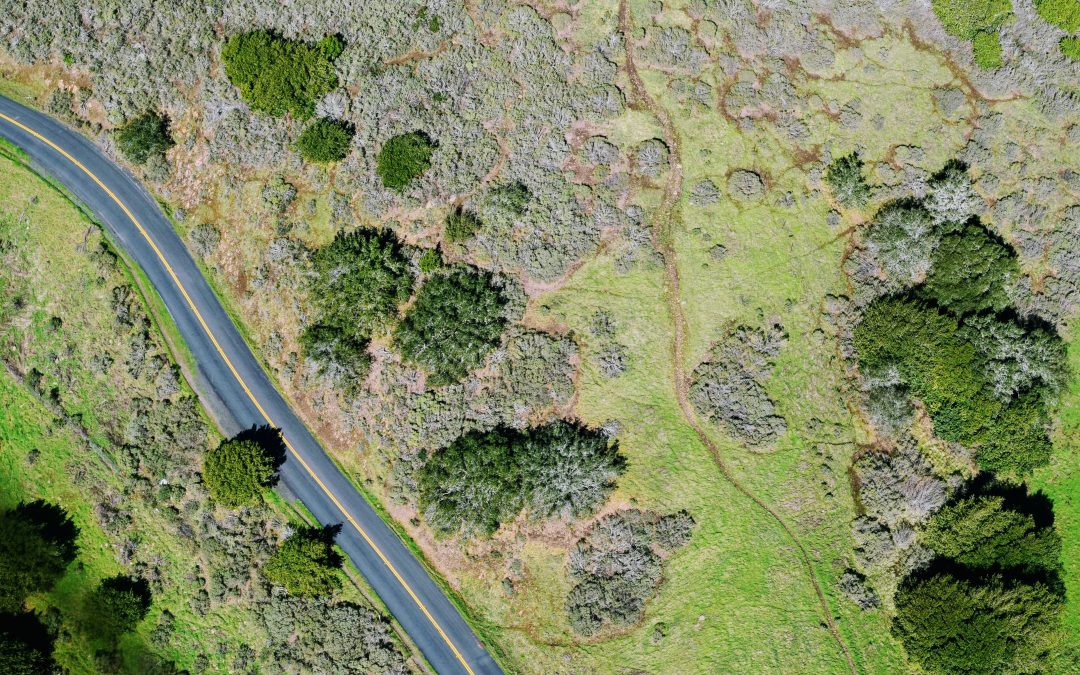Recently, some development-focused individuals in the New Jersey market came together on behalf of the ULI (Urban Land Institute) to discuss the concept of brownfields in real estate development, and how there is a considerable opportunity to restore and enhance the local tax base with some new incentives.
To paint a picture – in urban planning, brownfield land is any previously developed land that is not currently in use that may be potentially contaminated. The term is also used to describe land previously used for industrial or commercial purposes with known or suspected pollution including soil contamination due to hazardous waste. Currently, there are assistance programs available to tackle the complex environmental stressors and push projects forward by providing certain permits/assistance to developers.
While these incentives are focused on reducing poverty and revitalizing contaminated sites to drive economic growth, partnership with sister agencies has allowed The New Jersey Economic Development Authority (NJDEA) to find ways to create more equitable outcomes for environmental and economic aspects of the community.
The “Brownfield Redevelopment Incentive” has several valuable components:
- Brownfield Assistance Center at NJIT: offers free assistance to non-profits and public entities
- USEPA revolving loan fund (RLF) has been approved. Program specs are being assembled and will be available later this year. This encompasses low interest loans with favorable terms.
- NJ Economic Recovery Act of 2020 – offers developers tax credits for remediation, abatement and demolition activities to promote redevelopment/cleanup projects.
Key Details:
- Tax incentives provided after completion
- Program applies to costs of site investigation, assessment and remediation
- Maximum value of $4 million per project
- Technical correction bill was just offered Monday 6/14; depending what happens with this bill, the max value may shift. A new bill will be adding more project locations potentially making that number $8 million dollars.
- Annual cap: $50 million
- Project cap: $4 million (40% of the actual remediation costs of 40% of the projected remediation costs, whichever is less) Update – new bill 50-60% and cap $8M for certain areas.
- Tax credit is one-time tax credit issued in the year of completion of remediation
- NJEDA will partner with NJDEP to create evaluation criteria for competitive application process
- Must demonstrate a project financing gap exists.
Eligible Activities:
- Soil, groundwater, and infrastructure investigation
- Hazardous materials assessment and survey
- Site remediation
Basic Eligibility:
- Good standing with sister agencies (NJDEP, NJ Department of Labor, etc)
- All labor must be paid prevailing wage
- Applicant did not cause or contribute to the contamination
- Must enter into a redevelopment agreement with NJEDA
- Projects are not eligible if they have already commenced site cleanup, unless they could not have known the extent of contamination.
Some legal professionals participating in the call also expanded on their experience with the programs and the EDA serving as an advocate.
Financing and liability relief are key assets to promoting activity at some of the sites that have been passed over by the market due to uncertainties of environmental contamination or perceived risk. New Jersey has been a leader in developing innovating solutions to relieve some of the reliability concerns that lenders/developers have. The financing component is extremely important, as reintroducing the market to sites that have been passed over, much of the low hanging fruit was gobbled up in initial offerings from the state of this nature.
These financing sources ‘sweeten the pot’ and change the economics of the project to make them feasible again. The degree of financing made available in a particular location with those kinds of incentives should free-up a lot of sites. Many are hopeful that this will create more deal flow especially within urban areas. Incentives also extend to non-urban; however there are a lot of policy aspects of areas with existing infrastructure to social policies. This will be the major focus when the funds are made available.
Is the push “worth it” in New Jersey? The consideration definitely seems worthwhile for projects that fit the eligibility details.

